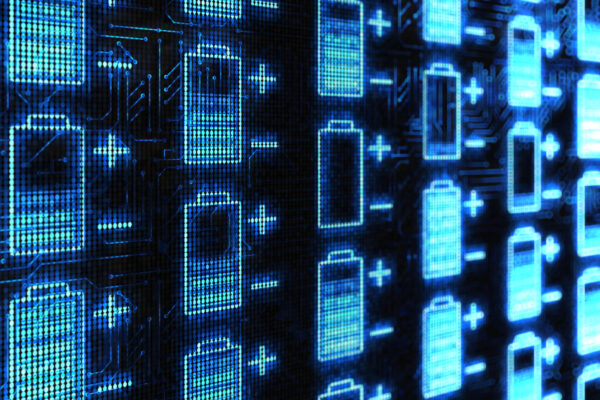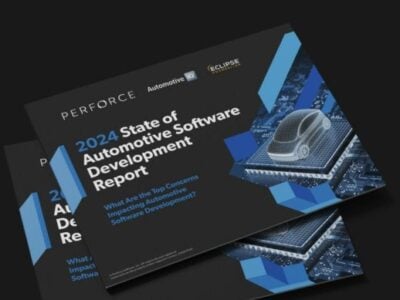
Redox Flow – the better Li-Ion battery?
Redox Flow Batteries (RFB) are an energy storage technology developed by NASA in the 1970s for space applications. After several years of intensive research and development, several key patents for this technology expired in 2006, opening the arena to companies around the world.
Despite higher start-up costs and lower energy density, RFB technology has a shorter payback time than conventional batteries, writes IDTechEx analyst Lorenzo Grande. The researcher also attests to its good capacity conservation, even after many thousands of cycles. These are not all the advantages: RFBs retain most of their original value as it is possible to recycle their core components more easily than other battery chemicals. Some RFB chemicals, such as those based on vanadium, are already commercial.
IDTechEx forecasts a market volume of $4.5 billion for RFB technology by 2028. The technology can be used in all stationary storage applications, from residential buildings to H&I and grid-scale systems. With ambitious projects such as the massive 200 MW / 800 MWh plant under construction on the Dalian Peninsula in China, RFBs have the potential to become a mainstream technology that will compete directly with lithium ions and sodium sulfur, the two currently leading chemicals in the stationary storage market.
RFBs can eliminate the need for lithium-ion batteries because they offer stable life and reduced technical and BMS challenges. Recycling processes ensure that the raw materials retain most of their value after they have been decommissioned and can be used in new systems.
The study concludes that battery chemistry in particular will lead in terms of megawatt hours used, although there is room for competition in view of recent announcements by the main representatives of competing chemical companies. Strong trans-Pacific partnerships are emerging as a result of China’s strong government pressure to integrate renewable energy and cleantech innovations.
RFB technology is already being experimented with in the automotive industry: The Liechtenstein-based start-up company NanoFlowCell is currently preparing a vehicle on this basis for series production.
The report contains a technical-economic analysis of available chemicals such as all-vanadium, all-iron, zinc-bromine, hydrogen-bromine and organic flow batteries, a watchlist of companies to follow and case studies of the best go-to-market strategies and mistakes to avoid in this area.
The report can be acquired here: https://www.idtechex.com/research/reports/redox-flow-batteries-2018-2028-markets-trends-applications-000605.asp
Related articles:
Break-through in e-car battery technology ahead?
Flow cell challenges litihium ion
Micro smart grid plugs renewables into EV fleets
 If you enjoyed this article, you will like the following ones: don't miss them by subscribing to :
eeNews on Google News
If you enjoyed this article, you will like the following ones: don't miss them by subscribing to :
eeNews on Google News



